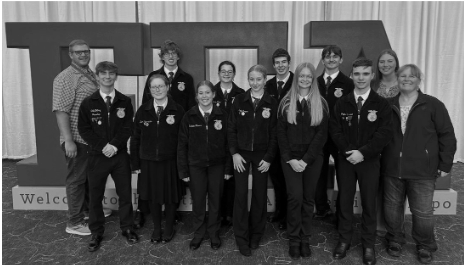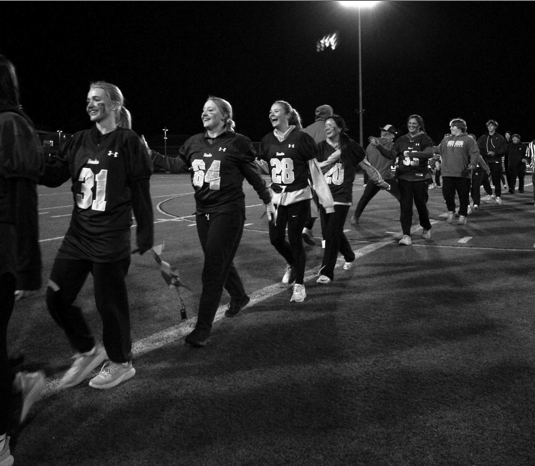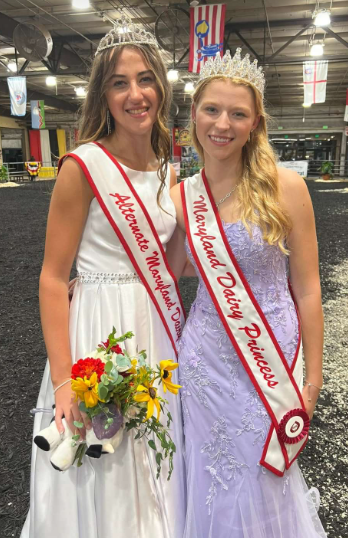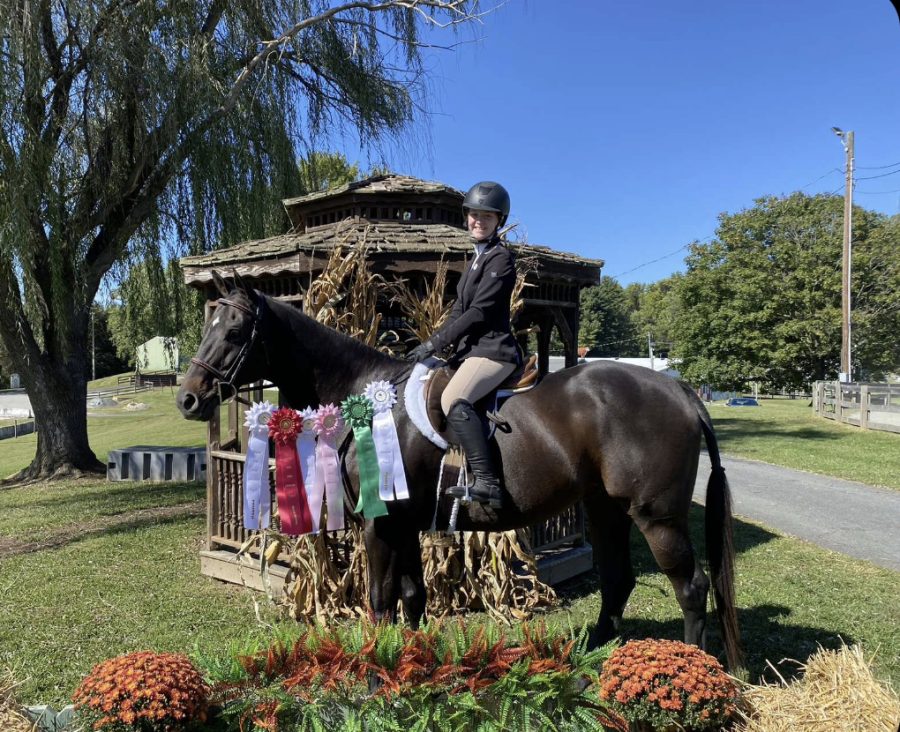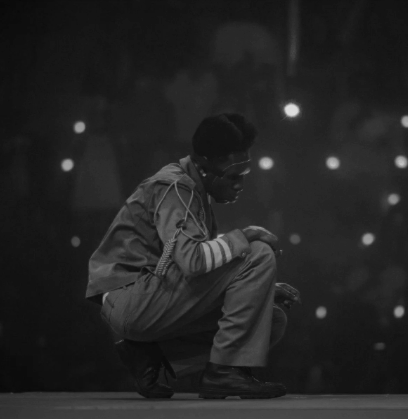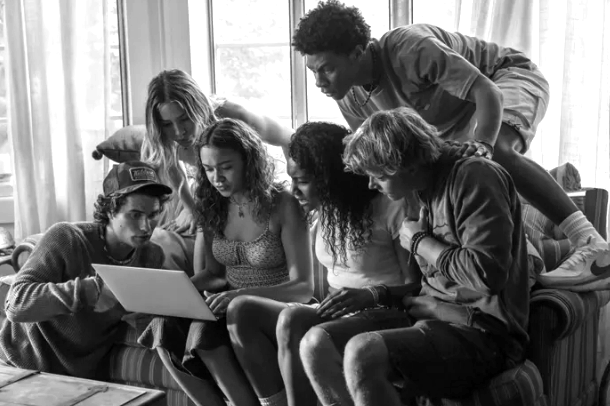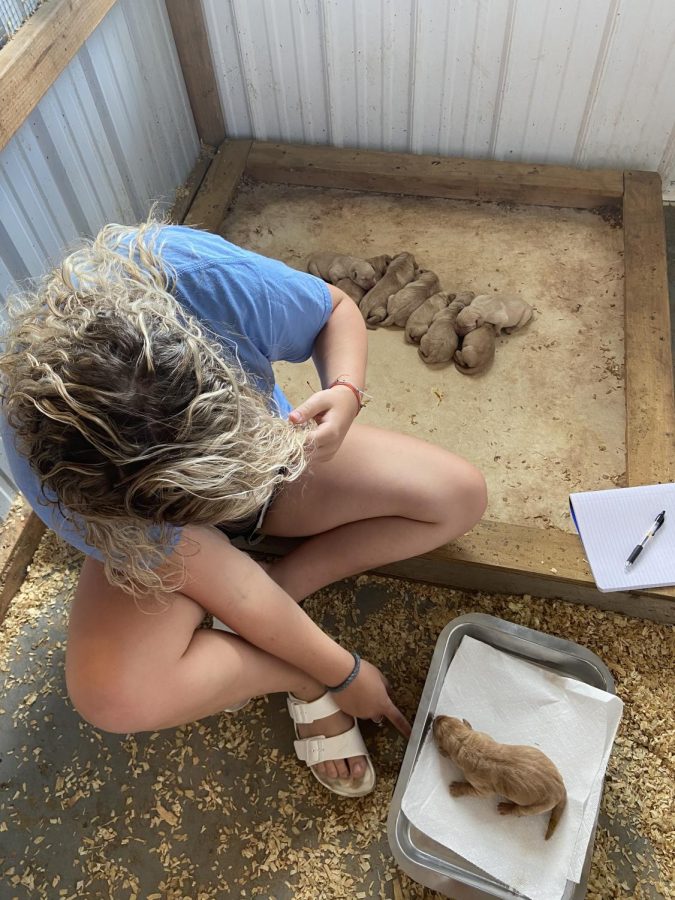Students explore dog breeding; Challenges with rewarding experiences
Junior Noa Blanken works as a dog breeder at the Millers Family Farm. Blanken has worked there since Feb. 2020.
November 16, 2021
“You have to separate the puppies you breed from pets in order to be a dog breeder,” says junior Noa Blanken. Blanken has been working at The Millers Farm since Feb. 2020 and senior Madalyn Rhoades has been helping her stepmother with dog breeding at home since she was around 14 years old.
According to VetFolio artificial insemination (AI) is commonly used for dog breeding when the dogs cannot mate properly for some reason. “We don’t do artificial insemination, so we actually breed them together [naturally]. I will help make sure that the male and the female stay together during the process,” Rhoades says.
Blanken describes that the loss of puppies is a big deal to dog breeders, “we had a litter and none of the dogs survived, and the mom wasn’t a great mom and knowing how to be okay with that loss is really important.”
Like Blanken, Rhoades says “it’s very heartbreaking to lose a puppy.”
The American Kennel Club says that being a dog breeder takes “time, patience, a great willingness to learn, the ability to be humble, and sometimes a little luck.” Rhoades backs this statement up when saying being a dog breeder is not something to take lightly, “it’s a lot [of work], it’s staying up with the puppies all night long with two-hour rotation feeding. It’s not a light workload and people just think they can figure it out but [by having that mentality] they’re going to end up killing the puppies and that’s obviously the last thing a dog breeder wants to do.”
Blanken says that by the time the puppies are ready to go to their new homes that she is ready for them to go, “by the time they leave you’re ready, taking care of 10-8-week Beagle puppies is a lot.” Blanken also adds that it makes her nervous when giving them away because “every dog breeder wants those puppies to have a good home.”
Rhoades says that it is always a little sad when giving the puppies away because she spent time “watching them each develop their own personalities” and being there from the beginning but Rhoades also mentions, “I cut most of their ambilocal chords and then I get to give them to the new families and that’s kind of like the full circle feeling.”
Both Rhoades and Blanken explain that they both love their jobs, “I get to work with puppies all day so of course I love it,” says Blanken.
Rhoades says that watching them grow and being there every step of the way is her favorite part about being a dog breeder.
